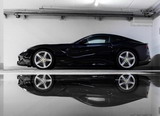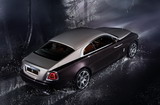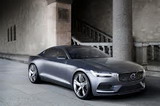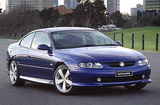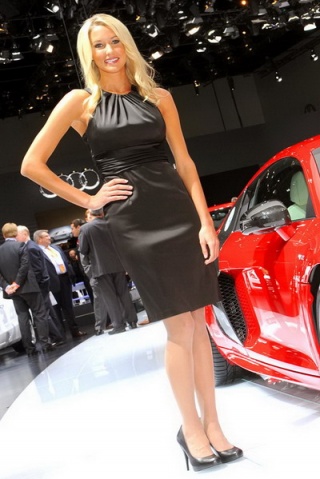Delphi first with ground-breaking new Forewarn Stop and Go Adaptive Cruise Contr
Delphi’s Forewarn® Adaptive Cruise Control uses forward-looking radar to help the driver maintain a driver selected time gap behind the vehicle ahead. At highway speeds, if the lane ahead is clear, the system will maintain the cruising speed set by the driver. When slower traffic is detected in front of the vehicle, the system will automatically maintain the driver-selected headway (adjustable between 1.0 and 2.2 seconds) using throttle control and limited braking. If the gap is closing sufficiently quickly to require manual intervention, audible and visual warnings are given.
The fourth generation Forewarn system is thought to be the first production ACC to successfully overcome the many challenges of extending this functionality to city speeds. "Discriminating between the vehicle in front and other targets is easy for a person but exceptionally hard for a machine," explains Dr Richard Lind, director of advanced engineering at Delphi Electronics & Safety. "Success has come from our combination of expertise in high-precision mechanical systems, electronics and software and from the support we have received from our research teams."
Michele Daniels, senior algorithm design engineer at Delphi Electronics & Safety’s engineering laboratory in Malibu, California, highlighted some of the challenges of developing the system. "At city speeds, it becomes difficult to discern driver intent. Road clutter, such as manhole covers and traffic calming devices (bollards, road humps, etc), also becomes much more difficult to differentiate from potentially hazardous objects," she explains. "Our solution is based on a new type of object discrimination system that uses statistical modelling to test objects against a range of pre-defined criteria."
Particular attention was paid to delivering accurate information about the edges of objects. "If we know how wide the object is, for example, we have a good idea if it is a pole or a car. This tells the system which other tests to apply to confirm this assumption and to add more context," Daniels continues. "People can do this incredibly quickly and accurately. The technology we use benefits from several US Government-sponsored programmes looking at how to incorporate human-like scene analysis routines into software."
To provide the high quality data required for accurate scene analysis at all speeds, Delphi has specified a 76GHz narrow-beam radar system that provides improved angular accuracy and target discrimination compared with rival multi-beam fixed-sensor systems. The wide-angle of view (up to 15 degrees) provides early warning of vehicles entering the lane ahead and superior tracking in tight curves. It also allows an automatic alignment feature to compensate for installation tolerances and for changes in sensor alignment during the vehicle's life, reducing fitting costs for the vehicle manufacturer and increasing system reliability.
The radar system is integrated with a yaw sensor in an easily packaged housing that can be mounted in the nose of the vehicle or in the grill behind a polymer body panel. A separate Electronic Control Unit processes the radar data to calculate the range (distance), rate (closing speed) and azimuth (lateral deviation) of targets up to 150m ahead and delivers appropriate control signals to the engine and brake control systems via the vehicle’s CAN bus.
The first implementations of Delphi’s fourth generation Forewarn system will also include Forward Alert, which warns the driver if the vehicle is closing with an obstacle too quickly and prepares the brakes if a significant frontal impact is unavoidable.
